Retinol has been hailed as something of a miracle ingredient for younger-looking skin — drugstore shelves are practically overflowing with products touting its “anti-aging” benefits. Yet how it actually improves texture, increases collagen production, and diminishes wrinkles and dark spots is still a point of confusion. And given that the beauty industry has a long record of embracing trends and techniques that are too good to be true (lest we forget the rise of DIY dermaplaning), you might be wondering whether retinol runs the risk of becoming the next one.
The use of retinol isn’t new, though — and neither is its prevalence on store shelves. A subtype of retinoid (a topical vitamin A-based drug), retinol has been a mainstay of the skin care sector for decades. And although it can’t actually work miracles, it does make skin look and feel better. So, to help make sense of how retinol works, who should use it, and exactly how often, here’s everything you need to know about the so-called holy grail of skin care.
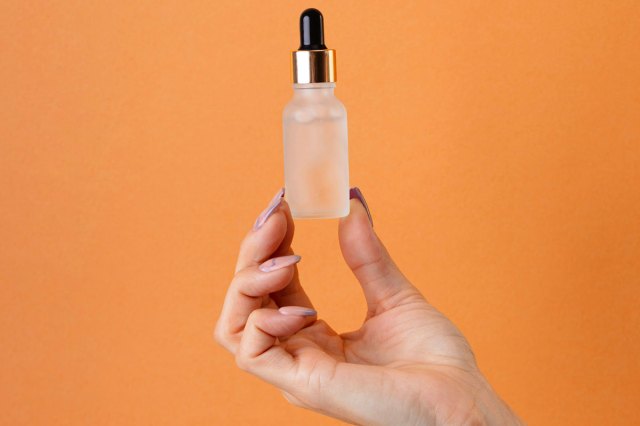
What Is Retinol?
The first topical retinoid, tretinoin, was developed in the 1970s as an acne medication, but researchers later noticed it also improved skin tone, faded pigmentation, and sped up superficial skin cell production. From there, the retinoid market boomed. Today, many retinoids (including tretinoin) are only available by prescription — but retinols, which are essentially a weaker form of retinoids, are widely available in skin care products (such as creams, gels, serums) on store shelves. Both retinoids and retinols are derivatives of vitamin A, but retinol is less potent, more accessible, and gentler on the skin. It won’t reduce the appearance of wrinkles quite as fast, but it does still yield results.
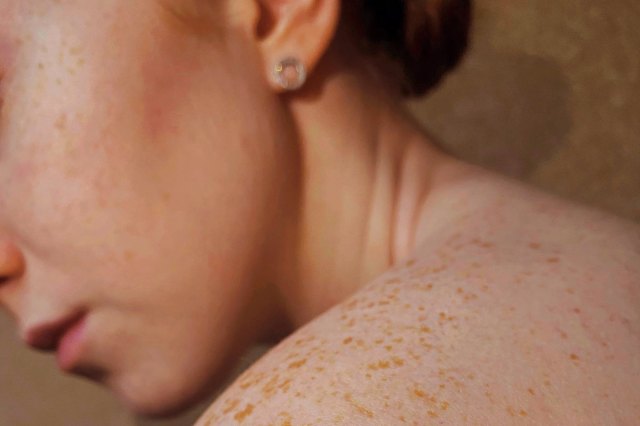
What Does Retinol Do?
In addition to playing a role in reproduction and growth development, vitamin A boosts collagen production, which makes your skin look plumper and improves elasticity. When you apply it topically, retinol molecules penetrate the epidermis to target the middle layer of your skin and neutralize free radicals, which in turn stimulates elastin and collagen to lessen the appearance of fine lines, wrinkles, and even enlarged pores. Retinol also increases cell turnover, which helps to exfoliate skin and unclog pores (hence the use of retinoids in acne treatments). And it also has been shown to fade dark spots and hyperpigmentation.
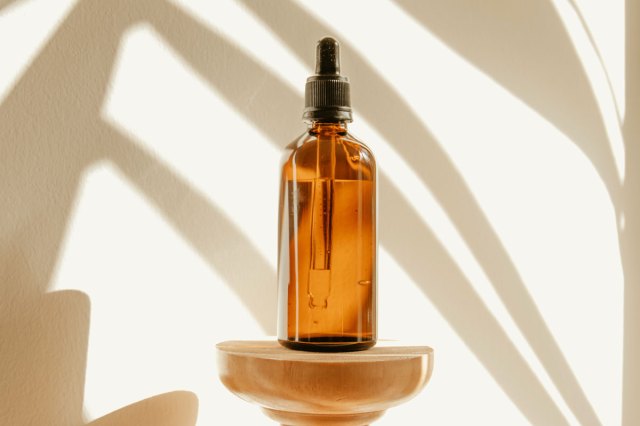
What Retinol Should You Use?
Before you jump on the retinol train, it’s a good idea to consult your dermatologist. Certain people — such as those who are pregnant or nursing — shouldn’t use retinol, and folks with sensitive skin or conditions such as eczema and rosacea should proceed cautiously. Your dermatologist can tell you if retinol is right for you, as well as recommend specific products, formulations, and concentrations. (They also can advise you on what ingredients to avoid if you’re prone to irritation.)
Retinols are typically marked clearly, but to minimize flakiness, dryness, and other related aesthetic grievances, you should start with a low dose and move up only when you’re sure that your skin is OK with it.
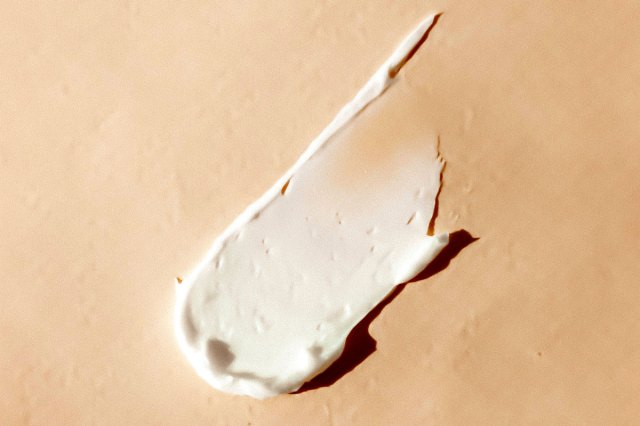
How Do You Start Using Retinol?
Given its many benefits, you may be tempted to immediately slather on gobs of retinol morning and night. Again, though, dermatologists recommend that you start slowly and take your time. Begin with a small amount of product (such as a retinol-infused moisturizer or serum), and complete a patch test to make sure you don’t have a bad reaction. Wait a few hours, and if the coast is clear, use a pea-sized amount at night after washing your face. Follow with a non-clogging moisturizer to keep your skin hydrated, and sleep well knowing your face will thank you.
When you first start out, limit use of retinol to every few days and then work up slowly to applying it every night. Give yourself (and your skin) a chance to get used to it.
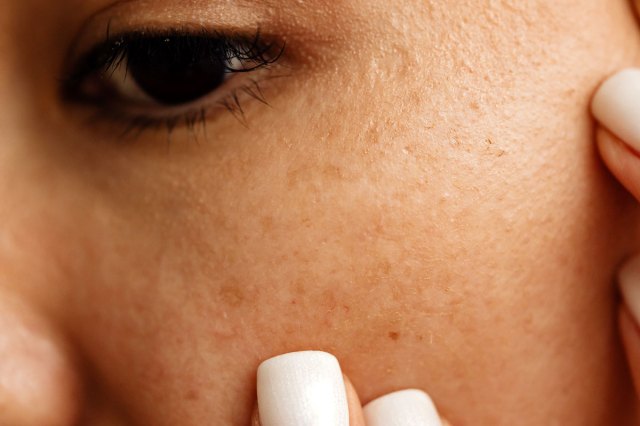
Are There Side Effects?
One reason it’s a good idea to take your new retinol-centric routine slow? Despite vitamin A’s many upsides, it can also dry out skin, make it peel, or cause redness, especially if your skin is already sensitive. Fortunately, these side effects can usually be avoided if you begin with a small amount of retinol, leave a few days between applications, and wait about 30 minutes after washing your face. It’s also helpful to speak to a dermatologist about recommendations specific to your skin care needs. And if you experience any side effects, stop using the product and consult your dermatologist or doctor to figure out what’s going on.
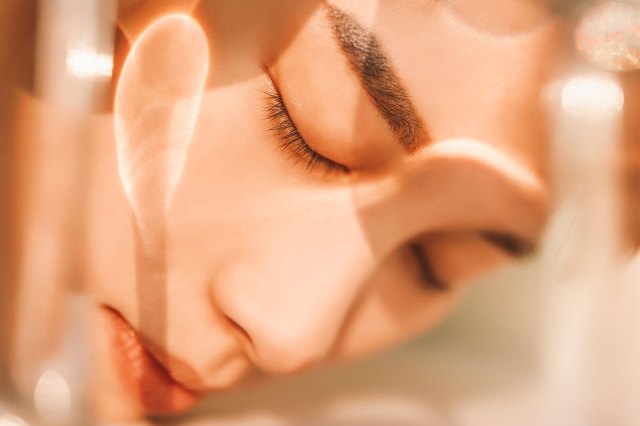
Other Tips
When you use retinol, it’s a good idea to stay out of direct sunlight. Sunscreen with UVA/UVB protection is essential for skin care regardless, but retinol can speed up sun damage if you take to the outdoors without a barrier between your skin and the sun, even on cloudy days or if you’re sitting in the shade.
This article is for general informational purposes only.
Affiliate Disclaimer Medical Disclaimer



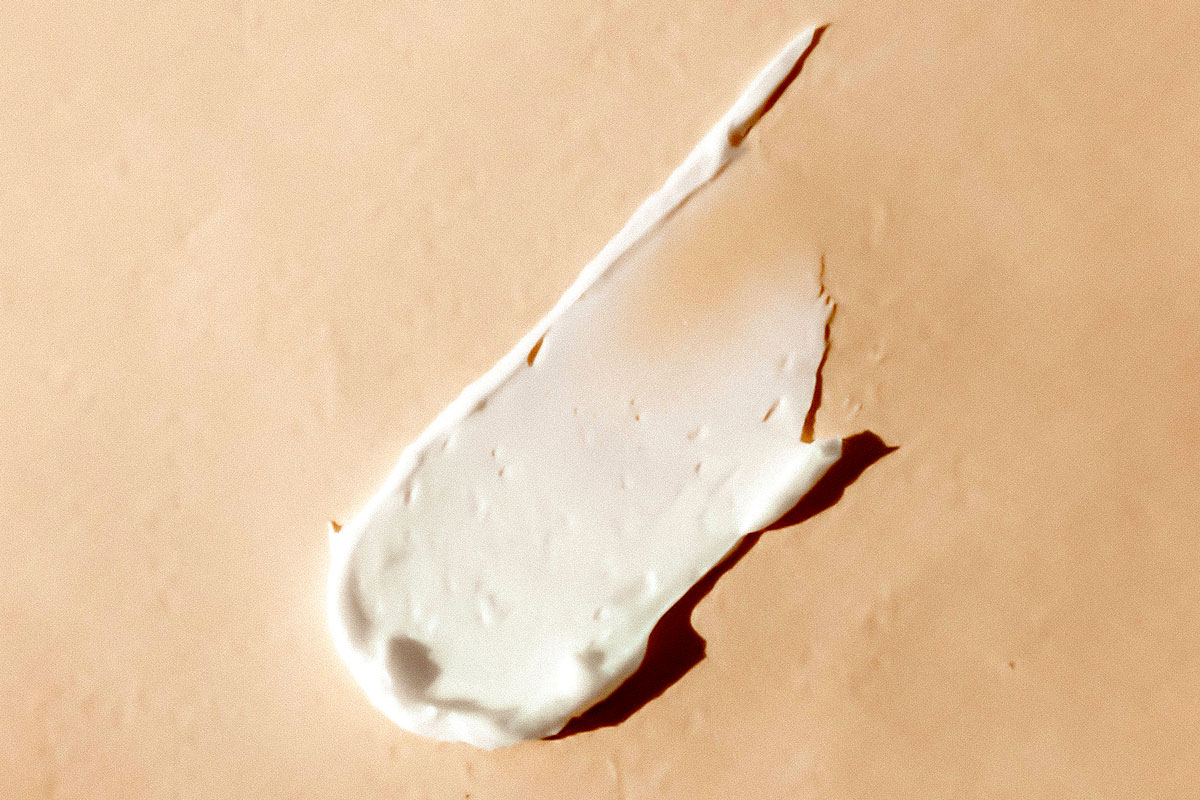





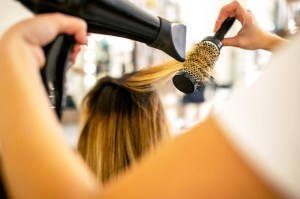
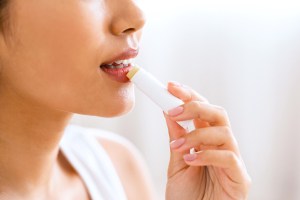

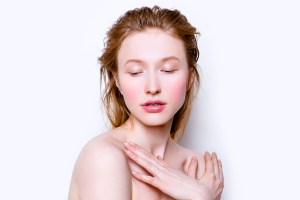

 Unique Beauty is free for all users.
Unique Beauty is free for all users.